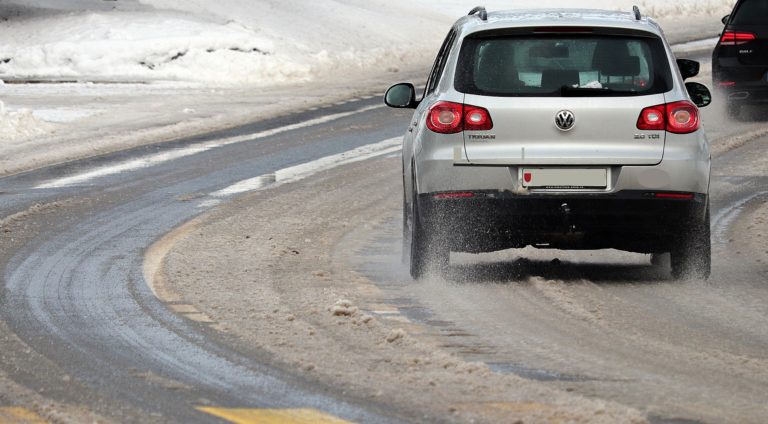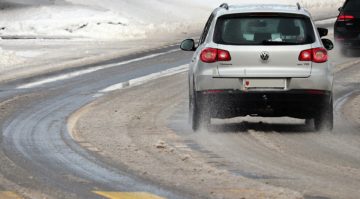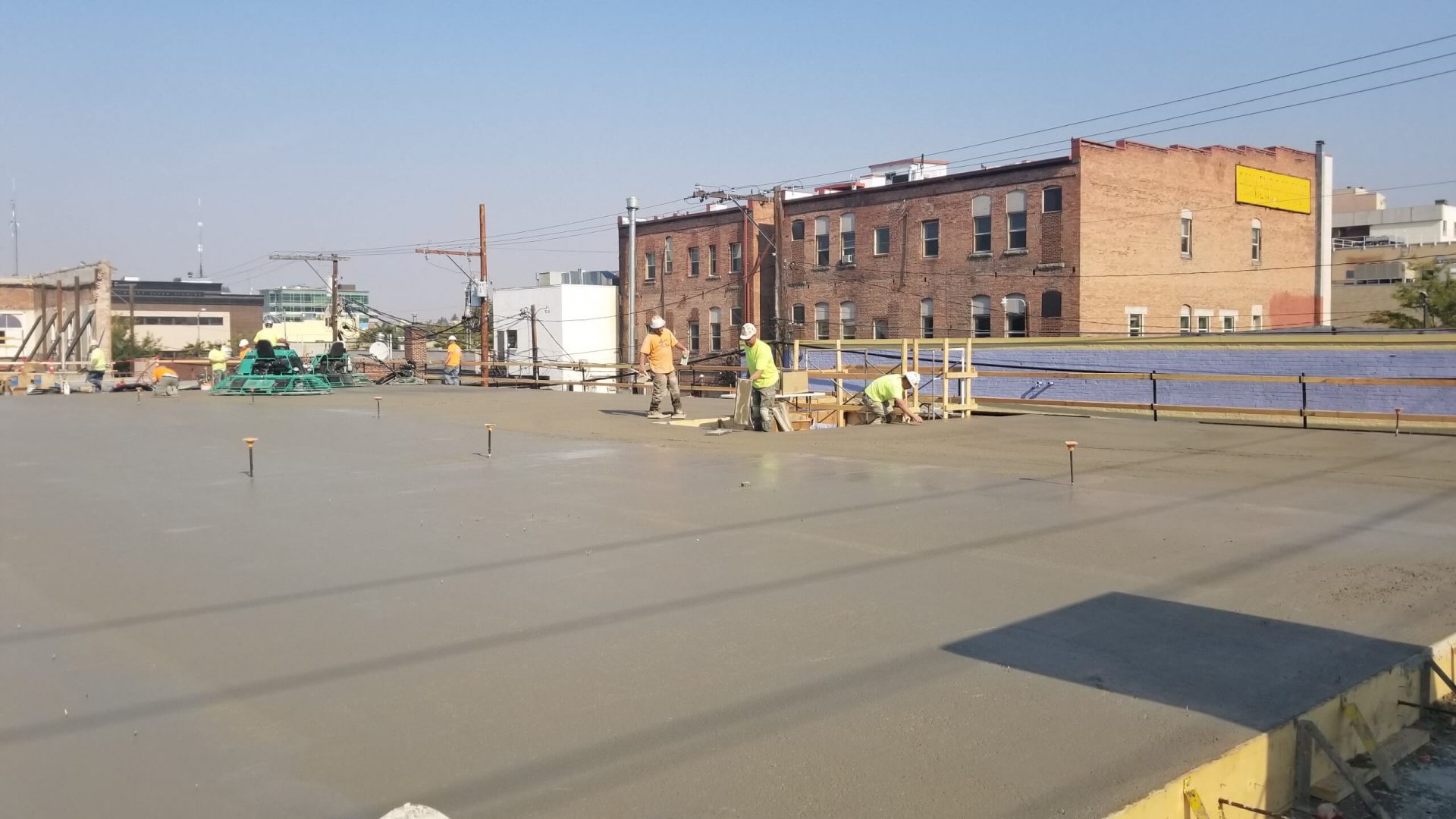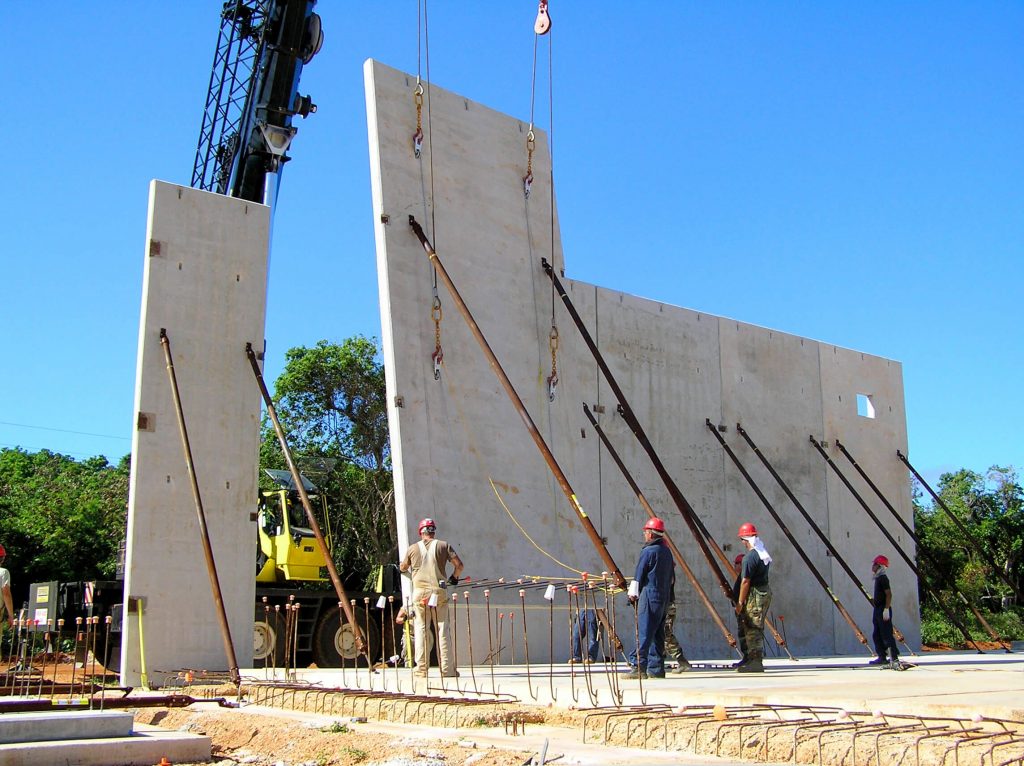Winter in colder climates such as Canada, Alaska, and the Upper Mid-West entails treacherous and unpredictable driving conditions, with snow and ice build–up making roads unsafe. For over 70 years, the solution to this problem has been to cover roads with sodium chloride, otherwise known as road salt or white salt. Salt raises the freezing point of snow or ice, causing these substances to melt at lower temperatures, or preventing ice from forming in the first place. Through the use of sodium chloride or salt on concrete road safety is effectively improved.


Download the full Checklist now and experience smoother, stress-free cold-weather concreting like never before.
However, the issue with using salt on concrete to deice roads is that sodium chloride is damaging to concrete roads. Where the salt melts snow build-up, creates saltwater slush that can enter the concrete. If this liquid gets into the concrete and refreezes, it can break apart the concrete, forming cracks. Furthermore, the chloride in the salt is corrosive. By penetrating the porous concrete, this chloride can reach the metal reinforcements within the structure, corroding them and causing long-term damage.
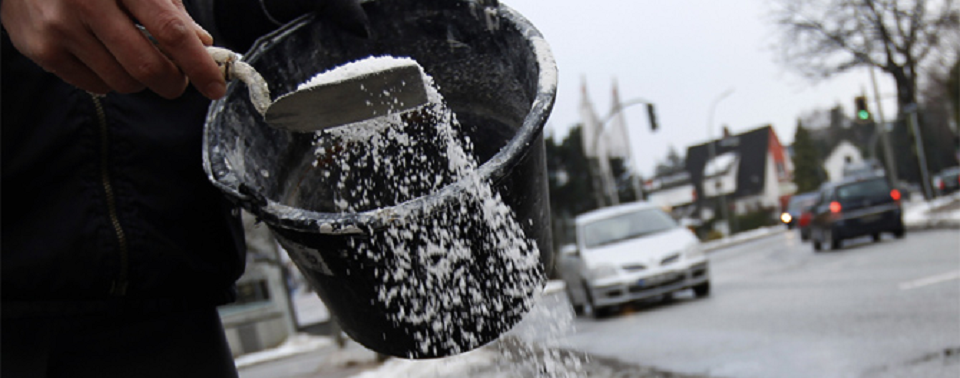
Alternatives for Salt on Concrete
The effect sodium chloride has on concrete roads is not the only concern that has been raised over its use. The salt on concrete slush often mixes with soil and groundwater, contaminating it. For this reason, several groups are looking into more environmentally friendly alternatives to road salt.
Proposed alternatives include other chlorides – such as magnesium chloride, calcium chloride, and potassium chloride – as well as more unexpected solutions such as beet juice.
Some of the most popular alternatives include:
- Snow melt mats: These mats are designed to heat snowy or icy areas with heating coils. They do require an active power source but leave no pollution and are reusable.
- Beet juice: The sugar molecules in beet juice have a similar effect in disrupting the formation of ice crystals as the salt in road salt. Many communities have taken advantage of this property, mixing road salt and beet juice to drastically reduce the amount of salt needed to deice roads.
- Urea: Commonly used as a fertilizer, this liquid is just behind salt as one of the most popular deicers. However, while urea is less corrosive than rock salt, it is dangerous to plants and bodies of water, due to its high nitrogen content.
- Sand, ash, coffee grinds, cat litter, and more: Adding traction takes away from the danger of slipping and falling on ice. While these solutions do not melt snow and ice, they do provide better traction. However, most of these methods leave quite a mess to clean up.
Cost Impact
While many of these solutions have been proven to be better for the environment, as well as for infrastructure, conversion to alternatives has been slow. The issue is tied to the attached price tags: many of these alternatives seem more expensive at first glance. However, this is before factoring in the costs of repairing long-term damage to infrastructure, as well as the cost of cleaning up environmental damage caused by salt on concrete roads.
As we look to create a greener future, road salt is one area where cleaner alternatives are already available. Switching to these more environmentally-conscious alternatives will become increasingly important in places like Canada where standards are being put in place aimed at limiting the amount of road salt used annually.
Sources
*Editor’s Note: This post was originally published in November 2016 and has been updated for accuracy and comprehensiveness.

